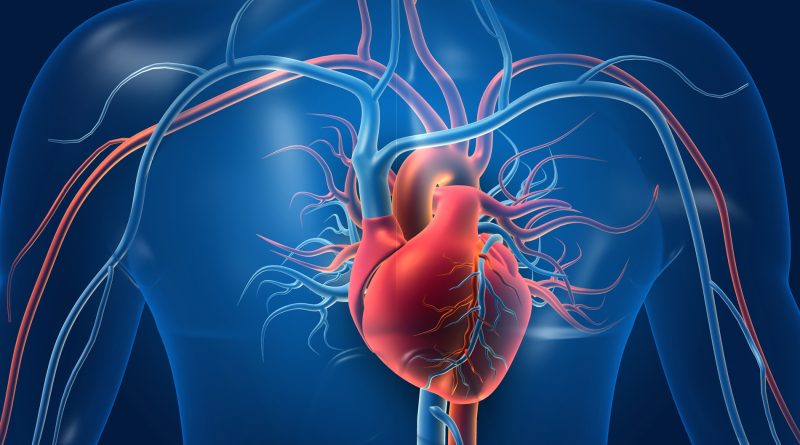Coronary CT Angiography: A Breakthrough in Non-Invasive Cardiac Imaging
I. Principles of Coronary CT Angiography
Coronary CTA utilizes advanced CT technology to capture high-resolution images of the coronary arteries. During the procedure, a contrast dye is administered intravenously, which helps highlight the coronary vessels. The CT scanner revolves around the patient, capturing a series of X-ray images that are reconstructed by computer algorithms to create detailed 3D representations of the coronary arteries and the heart.
II. Advantages of Coronary CT Angiography:
- Non-Invasiveness: One of the key advantages of coronary CTA is its non-invasive nature. It eliminates the need for invasive catheterization, which traditionally involved threading a catheter through the blood vessels to visualize the coronary arteries. This reduces the associated risks and discomfort for the patients.
- High-Quality Imaging: Coronary CTA produces high-resolution, detailed images of the coronary arteries, surpassing the capabilities of other non-invasive cardiac imaging modalities. It enables precise visualization of the coronary anatomy, detection of plaque burden, and assessment of stenosis severity.
- Comprehensive Evaluation: In addition to evaluating the coronary arteries, coronary CTA provides information about the cardiac chambers, heart valves, and other cardiac structures. This comprehensive assessment aids in the diagnosis and management of various cardiac conditions.
- Rapid Imaging Acquisition: Coronary CTA offers faster image acquisition times compared to traditional invasive angiography. The entire procedure can often be completed within minutes, reducing patient discomfort and enhancing workflow efficiency.
III. Clinical Applications of Coronary CT Angiography:
- Detection and Diagnosis of Coronary Artery Disease: Coronary CTA plays a crucial role in the diagnosis and evaluation of CAD. It accurately detects and characterizes atherosclerotic plaque, identifies areas of stenosis, and assesses the overall burden of coronary artery disease.
- Preoperative Planning: Prior to cardiac surgeries, coronary CTA provides detailed information about the coronary anatomy, helping surgeons plan interventions such as coronary artery bypass grafting or valve replacements.
- Assessment of Cardiac Anomalies: Coronary CTA assists in identifying and evaluating congenital abnormalities of the coronary arteries, allowing for appropriate treatment planning and management.
- Follow-up and Post-Intervention Monitoring: Coronary CTA is valuable for post-treatment assessment, such as evaluating the efficacy of interventions like stenting or assessing potential complications or restenosis.
IV. Advancements in Coronary CT Angiography:
- Dual-Source CT: Dual-source CT scanners provide even faster image acquisition and improved image quality, reducing motion artifacts and enabling higher diagnostic accuracy.
- Low-Dose Techniques: Advances in CT technology have led to the development of low-dose protocols, minimizing radiation exposure without compromising image quality, making coronary CTA safer for patients.
- Fractional Flow Reserve-CT (FFR-CT): FFR-CT is an emerging technique that combines coronary CTA with computational fluid dynamics, allowing for functional assessment of coronary lesions and better risk stratification.
The Coronary CT angiography has emerged as a breakthrough non-invasive imaging modality for the assessment of coronary artery disease and other cardiac conditions. With its non-invasive nature, high-quality imaging capabilities, and comprehensive evaluation of the cardiovascular system, coronary CTA has transformed the field of cardiac imaging.
The widespread adoption of coronary CTA has significantly impacted patient care. By providing accurate and detailed information about the coronary arteries, it enables clinicians to make informed decisions regarding patient management. Early detection of coronary artery disease and precise assessment of stenosis severity allow for timely interventions, leading to improved patient outcomes.
Moreover, coronary CTA plays a vital role in risk stratification and treatment planning. It aids in identifying patients who may benefit from invasive procedures such as angiography or intervention, and it helps guide the selection of appropriate therapeutic strategies.
The advancements in coronary CTA technology, such as dual-source CT and low-dose techniques, have further enhanced its diagnostic capabilities while minimizing patient radiation exposure. These developments have made coronary CTA a safer and more efficient imaging modality.
However, it is important to note that coronary CTA has its limitations. It may not be suitable for patients with severe renal impairment or individuals who are unable to tolerate the contrast dye. Additionally, coronary CTA is not recommended as a screening tool for the general population due to radiation exposure and cost considerations. It is typically reserved for individuals with specific clinical indications or those at higher risk for cardiovascular disease.
Coronary CT angiography is a game-changing non-invasive imaging technique in the evaluation of coronary artery disease and other cardiac conditions. Its ability to provide high-resolution images, comprehensive assessment of the cardiovascular system, and potential for early detection of pathologies have made it an invaluable tool in modern cardiology. As technology continues to advance, coronary CTA is expected to play an even more significant role in optimizing patient care, improving outcomes, and shaping the future of cardiovascular medicine.

